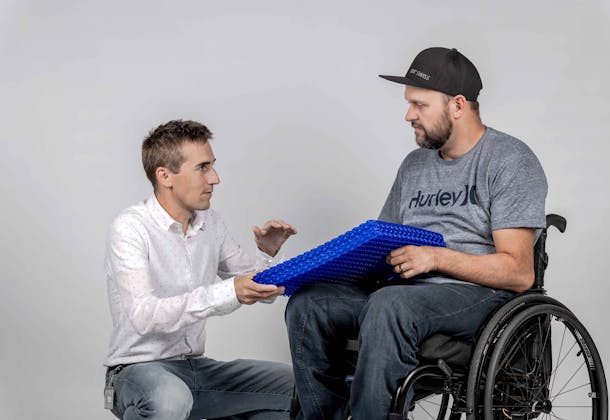21 janvier 2025
3D-printed pipe segment with integrated heater and sensor
(Anglais uniquement) CSEM and its partners whipped up a cutting-edge 3D-printed part that’s nothing short of amazing. This clever design can both heat and monitor a mechanically pumped fluid loop, a novel satellite thermal control system developed by Thales Alenia Space. What’s more, its ingenuity extends to future terrestrial IoT and Industry 4.0 applications, wherever highly integrated heating and/or in-situ measurement is needed. CSEM’s Instrumentation business unit led the international innovation project AHEAD, funded by European Union’s Horizon 2020 research program ATTRACT.

©AHEAD - (from left to right) Chrysoula Manoli, CERN | Hervé Saudan, CSEM | Nicolas Blondiaux, CSEM | Julien Rouvinet, CSEM | Sébastien Eyrignoux, LISI Aerospace Additive Manufacturing | Florence Montredon, Thales Alenia Space France


